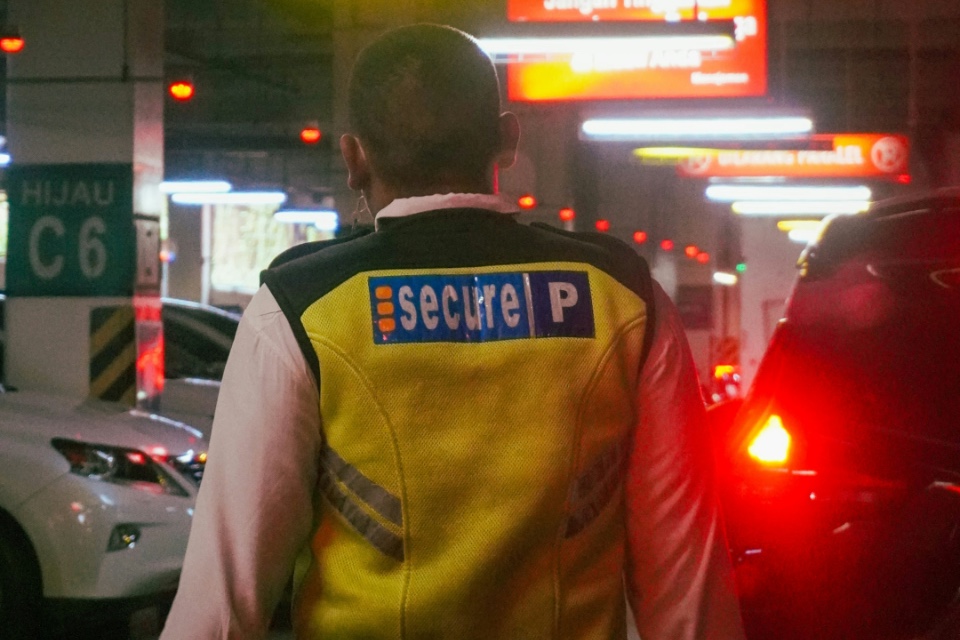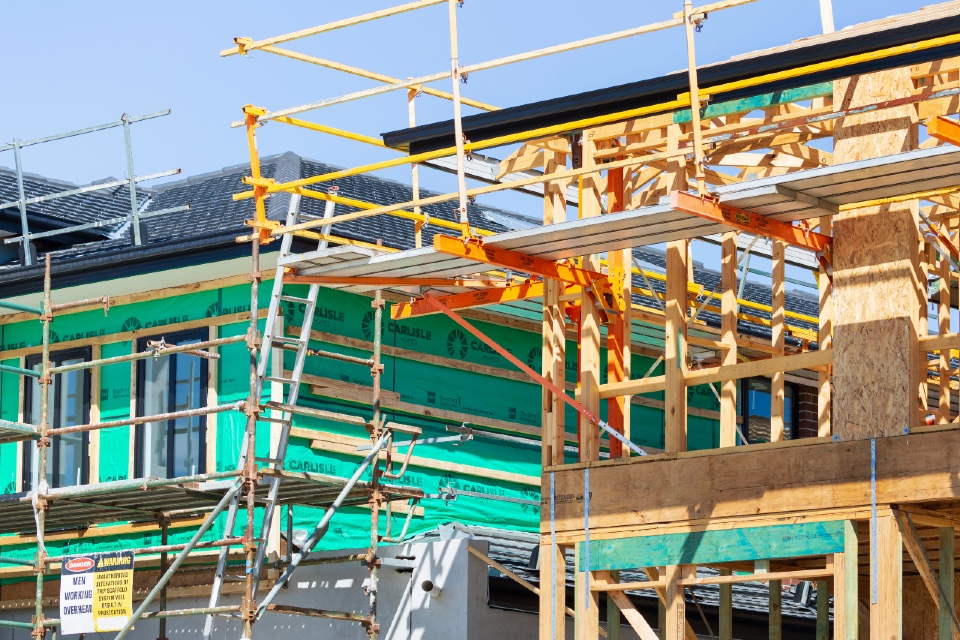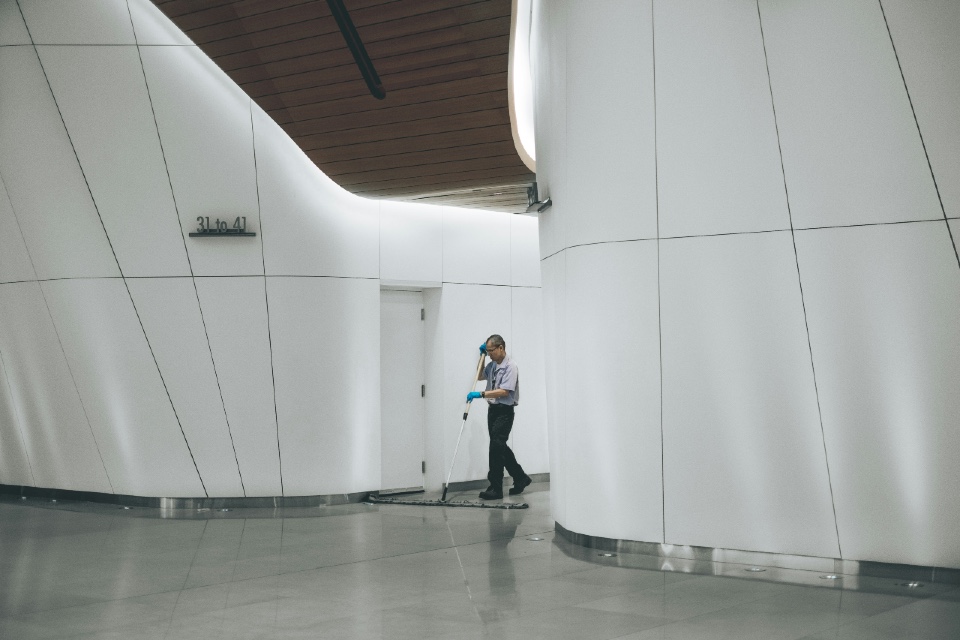Research from EcoOnline estimates that between 7 and 9 million people work alone, with 46% of executives expecting this number to grow in the coming years. However, working alone is becoming increasingly dangerous, as 64% of organisations have experienced incidents involving lone workers in the past three years.
The firm’s Lone Worker Landscape Report 2024 surveyed over 1,200 executives and lone workers, exploring the risks they face and the perspectives of executives tasked with ensuring their safety.
Key areas examined include communication, risk management, policies, and incident prevention and mitigation.
Lone workers—defined as anyone who works by themselves ‘without close or direct supervision’, are an often undercounted and underrepresented group in the UK workforce. The report estimates that between 7 and 9 million people work alone, with 46% of executives expecting this number to grow in the coming years. However, working alone is becoming increasingly dangerous, as 64% of organisations have experienced incidents involving lone workers in the past three years.
This year’s report highlights significant discrepancies between executives’ views and the actual experiences of lone workers. According to the survey, lone workers identified violence and aggression as their greatest risk, with 46% reporting an increase in incidents over the last 2-3 years. This is reflected in incident reports, which show that violence accounts for 20% of all reported incidents, a figure that has doubled since 2023. On the other hand, executives are more concerned about workers being in remote areas without a mobile signal, with 50% identifying this as the top risk, placing violence as a secondary concern.
Key Findings from the Survey:
- Risk management: 46% of executives believe lone workers are adequately included in risk assessments, compared to only 30% of lone workers. While over half of the executives believe risk assessments occur regularly, only 31% of lone workers agree.
- Conflicting priorities: In 2024, 50% of executives report that safety is prioritized equally to financial targets, and 18% believe it is prioritized even higher. However, 29% of lone workers feel safety is given less priority than financial goals, and 17% of executives agree with them.
- Looking ahead: Executives are increasingly recognizing workplace violence as the top future challenge, with 67% predicting that lone worker safety will grow in importance over the coming years.
Speaking on the research, EcoOnline’s Chief Customer Officer, Helen Jones, said “Lone workers are facing more risks than ever, whether it’s environmental, accidental, or deliberate. There’s a clear gap between how executives and workers perceive these risks, and it’s important for employers to take this as an opportunity to bridge that gap. Leaders must align safety measures with the realities lone workers face by being proactive—ensuring teams are aware of policies and risk assessments, can give input on processes, and have the right support in place. With both transparency and technology, we can significantly reduce risks and keep lone workers safe.”
Considering the role of innovation in protecting lone workers, Steve White, Health and Safety, Audit and Profit Protection Manager at Tile Giant, said: “EcoOnline’s StaySafe solution has enabled the business to manage one of the highest risk factors in the business, lone working. The app and dashboard mean that, as an operations team, we can all monitor stores across the country and be immediately alerted on escalations. Those working alone are given panic alarms, fall detection and frequent check-ins to ensure any situation is managed effectively.”







